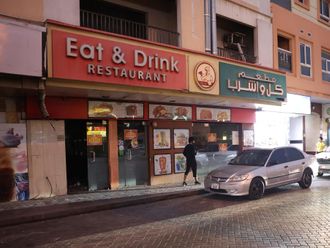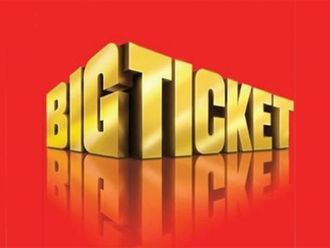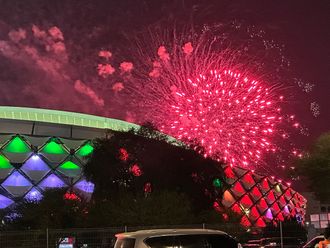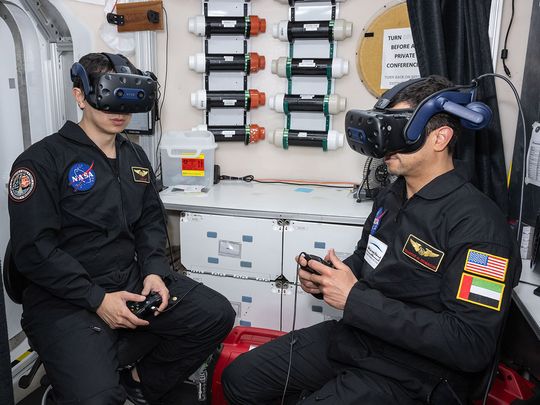
Dubai: An Emirati pilot who underwent US Space Agency NASA’s 45-day simulated Mars journey has successfully completed the mission after a virtual reality (VR) “walk” on Mars’ surface.
The Mohammed Bin Rashid Space Centre (MBRSC) on Tuesday announced the successful completion of phase 2 of the second analog study under the UAE Analog Programme, as part of NASA’s Human Exploration Research Analog (HERA) Campaign 7 Mission 2.
Emirati crew member Dr Shareef Al Romaithi, along with Jason Lee, Stephanie Navarro, and Piyumi Wijesekara, concluded their 45-day mission within the Human Exploration Research Analog (HERA) habitat at NASA’s Johnson Space Centre in Houston, USA, after egressing from the facility at 2.20am (UAE time) on Tuesday, MBRSC said.
The mission, which began on May 11, involved scientific research and operational tasks designed to simulate space-like conditions on Earth. The unique three-story HERA facility provided an environment for studying how crew members adapt to isolation, confinement, and remote conditions, replicating the challenges faced during long-duration space missions.
Dr Al Romaithi is part of the second group of volunteers to participate in an analog study in HERA this year. The first phase of the second analog study of the UAE Analog Programme was completed on March 11. The third and fourth phases will begin August 9 and November 1, respectively.
Notably, six of these studies are from universities in the UAE, which includes the United Arab Emirates University (UAEU), Mohammed Bin Rashid University of Medicine and Health Sciences (MBRU), and American University of Sharjah (AUS). These studies will be replicated in the upcoming phases of the analog study, reinforcing the UAE’s pivotal role in contributing to the global effort of human space exploration.
Virtual Reality walk
“Highlights of the mission included a virtual reality ‘walk’ on Mars’ surface and managing communication delays with Mission Control Centre to simulate nearing Mars, all within the facility located in the USA,” MBRSC said.
NASA Johnson Space Centre released the images of the ‘Marswalk’ also known as VR planetary Extravehicular Activity or EVA. In this, crews remove dust from solar panels, fly drones and more to help NASA understand how VR can help prepare astronauts for future missions, the agency said.
‘Incredible journey’
Sharing his experience, Dr Al Romaithi said: “Being part of this analog study has been an incredible journey of discovery and learning. The challenges we faced, from communication delays to living in confined quarters, provided a glimpse into the complexities of long-duration space missions.”
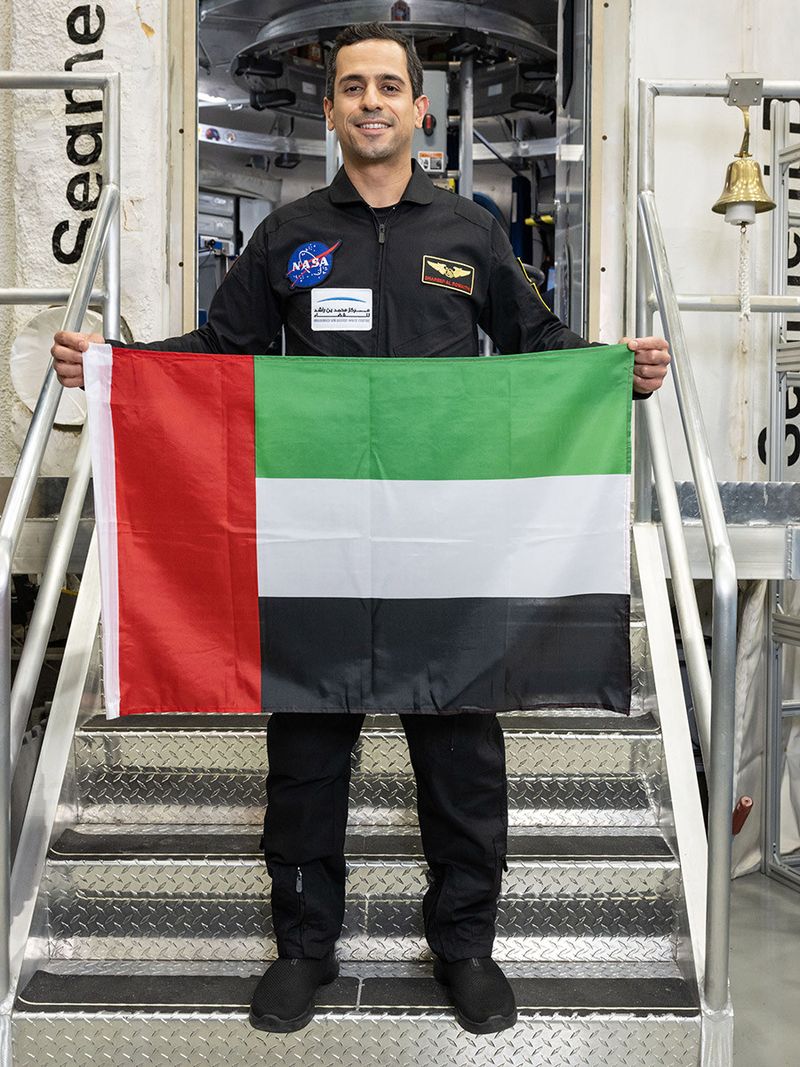
He added: “I am grateful for the opportunity to contribute to this crucial research and am proud to represent the UAE in this international effort. Our work here will pave the way for future explorers, and I look forward to seeing how these studies will impact human spaceflight.”
What’s next?
Following their egress, the crew will continue to remain at Johnson Space Centre for seven days. During this period, they will fill out post-mission surveys and engage in discussions with HERA managers and scientists along with contributing data needed for studies involving crew dynamics and health.
Salem Humaid Al Marri, Director-General, MBRSC, said these Earth-based simulations “are indispensable as we work together towards better preparing astronauts to overcome the challenges of deep space missions”.
He added: “The UAE Analog Programme, in partnership with NASA and academic institutions, exemplifies our unwavering commitment to pioneering scientific research and solidifying the UAE’s position in space technology and exploration. The active involvement of UAE universities in conducting critical studies within these analog studies also underscores our dedication to fostering a robust scientific community and leveraging local expertise. This milestone further enhances our position in the international space community and aims to inspire future generations to push the limits of human potential.”



